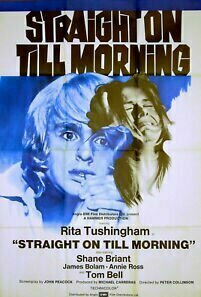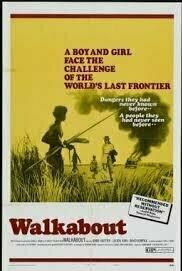The Pricke of Conscience: A Transcription of the Southern Rescension
Book
[This powerful 7316-line sermon in rhyming couplets dramatically rehearses God's power and man's...
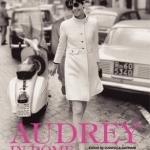
Audrey in Rome
Luca Dotti, Ludovica Damiani and Sciascia Gambaccini
Book
"Audrey in Rome" offers a revealing portrait of the star's life in the Eternal City as she truly...
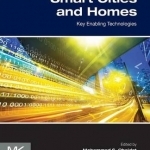
Smart Cities and Homes: Key Enabling Technologies
Mohammad S. Obaidat and Petros Nicopolitidis
Book
Smart Cities and Homes: Key Enabling Technologies explores the fundamental principles and concepts...
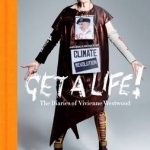
Get a Life: The Diaries of Vivienne Westwood
Book
Vivienne Westwood began Get A Life, her online diary, in 2010 with an impassioned post about Native...

The New Vegan: Great Recipes, No-Nonsense Advice & Simple Tips
Book
Going vegan can be a daunting prospect. Many familiar foods and products are out of bounds, and it...
Within the Limits: Moral Boundaries of Class and Gender in Urban India
Book
The post-liberalization era of the Indian economy has given birth to a burgeoning middle class who...
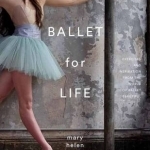
Ballet for Life: Exercises and Inspiration from the World of Ballet Beautiful
Mary Helen Bowers and Alexa Chung
Book
After a career with the New York City Ballet, Mary Helen Bowers created Ballet Beautiful, a fitness...
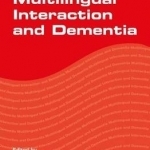
Multilingual Interaction and Dementia
Charlotta Plejert and Robert W. Schrauf
Book
This book brings together international, linguistic research with a focus on interaction in...
Awix (3310 KP) rated Straight On Till Morning (1972) in Movies
Mar 8, 2021
It would be nice to think the change in style was the result of a decision by Hammer to experiment, but the fact the film was clearly made on a punishingly low budget suggests otherwise: the reason it's largely a two-hander, mostly taking place in a single flat, is presumably simply to keep production costs down. The atmosphere throughout is dingy and a bit grim; appalling early-70s fashion doesn't help much. There's a conceit about Peter Pan which is never really resolved (hence the title); the film's most distinctive feature is the editing, which is jarring, almost subliminal, and gets rather annoying very quickly. Good performances from the leads, I suppose, but this doesn't make up for the fact the story is implausible, uninvolving, and doesn't really go anywhere.

